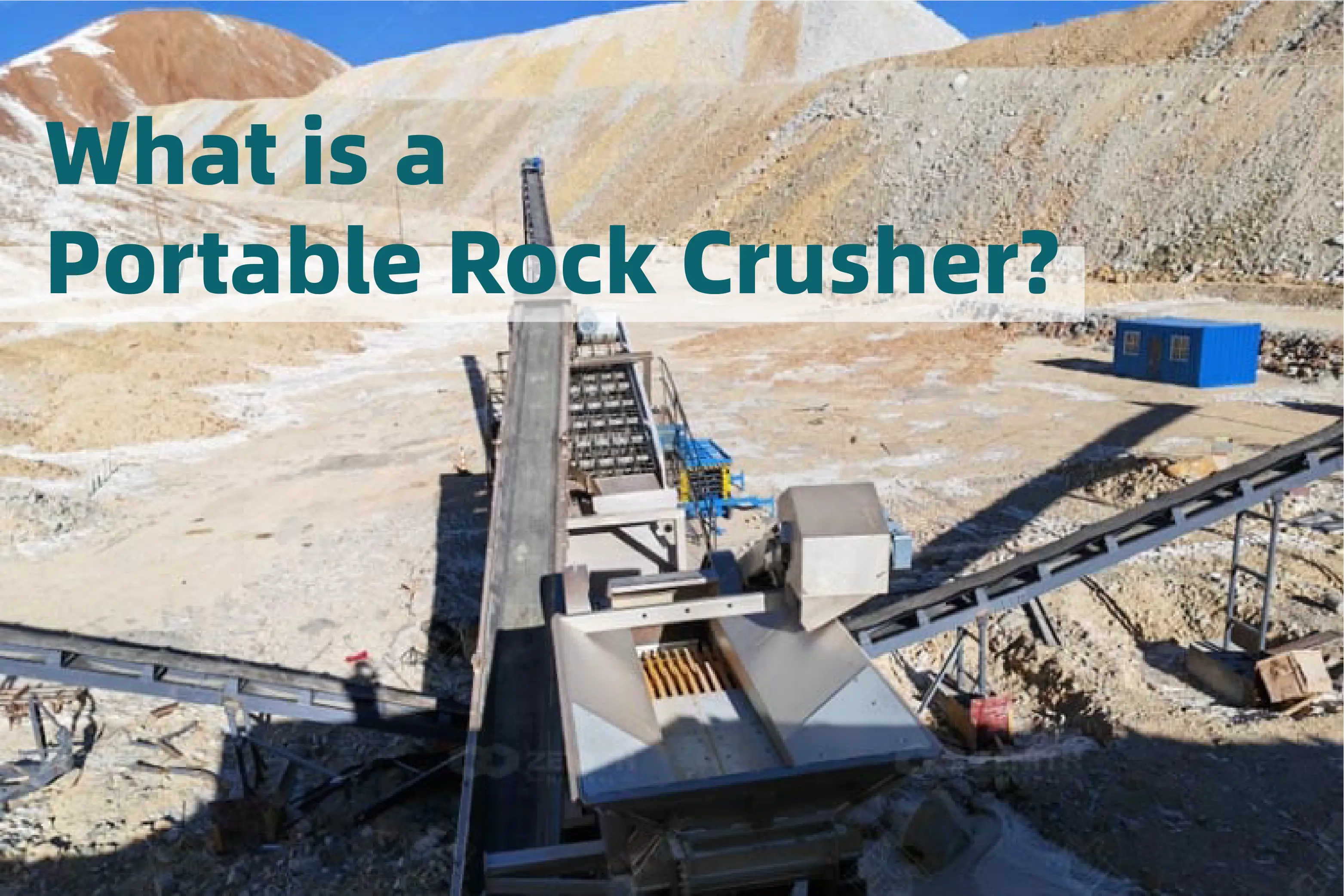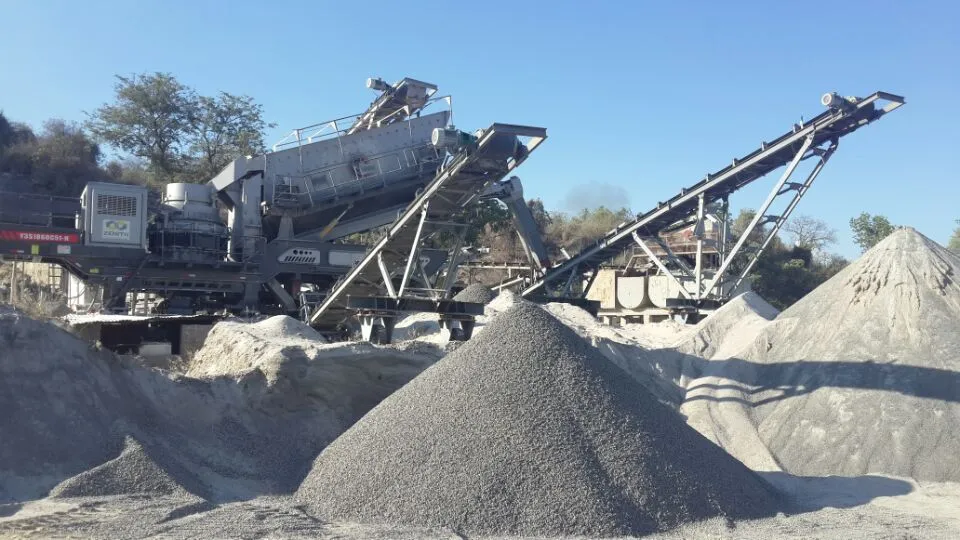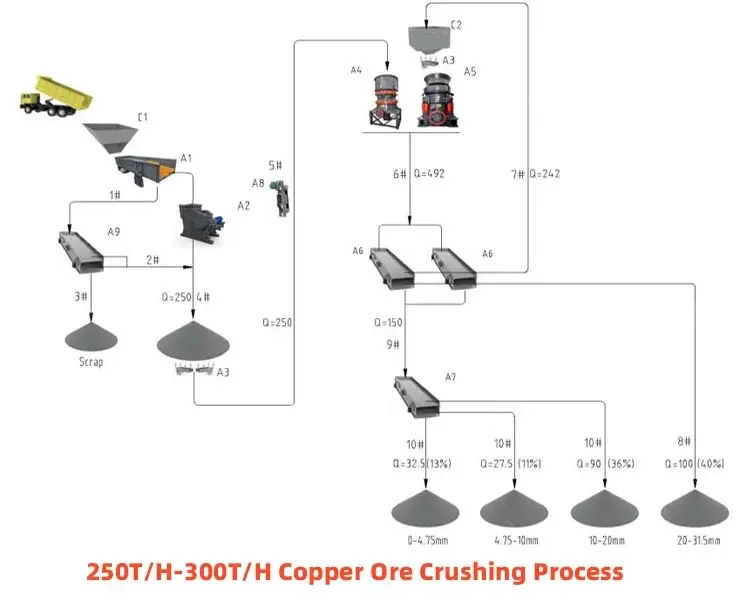
A portable rock crusher typically consists of several key components, including:
A portable jaw crusher is commonly used for primary crushing, capable of handling large and hard materials such as granite, concrete, and basalt. It works by using a fixed and a moving jaw to crush materials under high pressure. Jaw crushers are known for their durability and ability to handle high-capacity loads.
A portable impact crusher is ideal for secondary and fine crushing, efficiently processing softer materials like limestone, asphalt, and recycled concrete. It works by using impact force to break materials, producing well-shaped aggregates with minimal dust. Impact crushers are often preferred for road construction and infrastructure projects.
A portable cone crusher is perfect for fine crushing and shaping applications, often used in aggregate production, mining operations, and sand-making applications. Cone crushers work by squeezing materials between a rotating mantle and a stationary concave liner. They offer high efficiency, precise output control, and superior particle shape.
Portable rock crushers are widely used in various industries, including:

Mobility – Easily transported to different job sites, reducing transportation costs and improving operational efficiency.
Versatility – Can handle various materials and crushing needs, from soft limestone to hard granite.
Cost-effectiveness – Eliminates the need for multiple machines or a dedicated crushing plant, lowering operational expenses.
Eco-friendly – Reduces environmental impact by allowing on-site material processing, minimizing emissions and waste disposal.
High productivity – Modern portable rock crushers are designed for high output with minimal downtime, ensuring continuous operation.
Quick setup – Many models feature quick assembly and disassembly, allowing rapid deployment on job sites.
Safety features – Newer models come equipped with advanced safety features like remote control operation, dust suppression, and noise reduction.
When selecting a portable rock crusher, consider the following factors:
The demand for portable rock crushers continues to rise due to increased infrastructure development, urbanization, and the growing need for cost-effective crushing solutions. Some notable trends in the industry include:

Using a portable rock crusher must comply with local environmental regulations regarding emissions, noise levels, and dust control. Many modern crushers incorporate eco-friendly designs to minimize their environmental impact. Compliance with regulatory standards helps businesses avoid fines and legal issues while promoting sustainable practices.
Dust suppression – Use water sprays and dust collection systems to reduce airborne particles.
Noise control – Implement noise barriers or use crushers with built-in sound insulation.
Efficient energy use – Opt for fuel-efficient models and renewable energy-powered crushers where possible.
Waste management – Recycle materials whenever feasible to minimize landfill waste.
A portable rock crusher is an essential piece of equipment for construction, mining, and recycling industries. Its mobility, efficiency, and cost-effectiveness make it an invaluable tool for on-site material processing. Choosing the right crusher depends on the specific needs of your project, ensuring optimal performance and productivity. With advancements in technology, portable rock crushers are becoming more powerful, eco-friendly, and adaptable to modern industrial needs. Whether you're involved in mining, construction, or recycling, investing in a portable rock crusher can significantly enhance your operations and profitability.